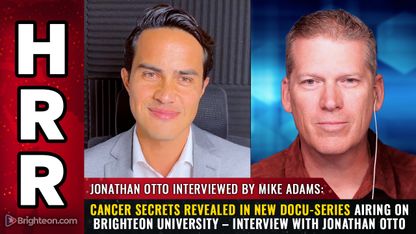
The human diploid WI-38 cell line was first developed by Dr. Leonard Hayflick at the Wistar Institute in Philadelphia, PA in July 1962. The culture was extracted from a therapeutically aborted female fetus of about three months gestational age. Lung tissue samples from the aborted fetus were used in creating the culture. The fetus specimen came from a Swedish woman who underwent a legal abortion due to an unwanted pregnancy.
The cell strain is considered a pioneer in normal human cell strains, which experts have since used to safely culture viruses and develop vaccines. Researchers have been able to develop vaccines against more than 10 diseases – including measles, mumps, polio, rubella, varicella, rabies and hepatitis A – from the WI-38 cell strain, preventing nearly 200 million incidences of disease and approximately 450,000 deaths in the U.S. between 1963 to 2015.
The human diploid MRC-5 cell line was developed in 1966 by researchers at the National Institute for Medical Research. The strain was “...also derived from foetal lung tissue, taken from a 14-week male foetus removed for psychiatric reasons from a 27 year old woman with a genetically normal family history and no sign of neoplastic disease both at abortion and for at least three years afterward,” researchers noted. Vaccine manufacturers at the time put more focus on working with the alternative fetal cell strain for fears of not having enough stock of the WI-38 strain for future needs.
Consent, ownership and compensation
While the human diploid cell cultures WI-38 and MRC-5 were extracted from legally aborted fetuses, issues surrounding ownership and compensation for the derived strain remain in question.
In the case of the WI-38 strain, it remains unclear whether the Swedish woman gave her consent to use the aborted fetus for research purposes. It is also highly unlikely that she received any compensation for the procedure. It seems that we will never have the answers to these questions because some of the key figures involved in the development of the strain have passed away – the gynecologist who performed the abortion and the virologist who arranged the transfer of the fetal lung sample to Dr. Hayflick. The woman involved has also made it clear that she cannot be bothered to discuss the abortion. On the other hand, Dr. Hayflick was compensated very well for selling the samples to hundreds of scientists at US$15 per ampoule, before eventually going broke over legal disputes.
The use of cells from aborted fetuses, and the dubious donor-researcher transactions if and when they happen, seem to only worsen biopiracy to the benefit of big pharmaceutical companies. Currently, the vaccine industry is projected to have a market value of $48.03 billion by 2021. Increased funding for research, greater immunization efforts and more investments are likely to drive vaccine production and revenues for the pharmaceutical industry.
Vatican raises ethical concerns over fetal cell strains
The Vatican released a statement in 2005 condemning the use of human cell line from aborted fetuses, and called for “rigorous legal control of the pharmaceutical industry producers.” The Vatican has also expressed support for parents who refuse to vaccinate their children. “As regards the diseases against which there are no alternative vaccines which are available and ethically acceptable, it is right to abstain from using these vaccines if it can be done without causing children, and indirectly the population as a whole, to undergo significant risks to their health,” the Vatican statement said.
The statement, entitled Moral Reflections on Vaccines Prepared from Cells Derived from Aborted Human Fetuses, was published in Medicina e Morale by the Center for Bioethics of Catholic University in Rome.
Sources:
Please contact us for more information.

















